“Medieval” gaming: Old Consoles
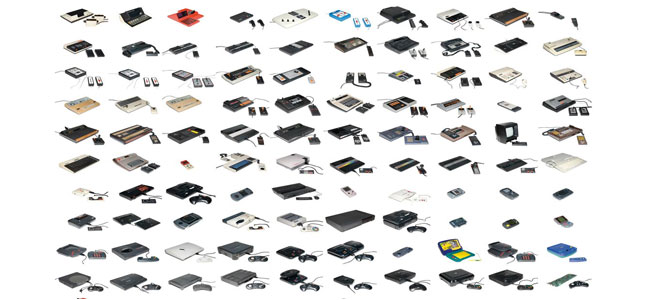 The end of the 1990’s saw a boom in new gaming consoles designed to be top of the line… …most, however, failed to sell properly. Some couldn’t even be launched. The craze for these old, almost archeological treasures started with a Youtube video posted by Dan Diebold, illustrating a working Super Nintendo Entertainment System. It was a discovery that leads to a wave of gamer nostalgia towards old consoles. So, let’s take a look at these meant-to-be blockbuster consoles that turned out to be not-so-great after all.
Matsushita M2According to The Guardian, its distribution was shut down in 1997. Although its graphics has nothing to do with the modern resolution of mobile gambling apps, for example, it still was a champ in its own time.
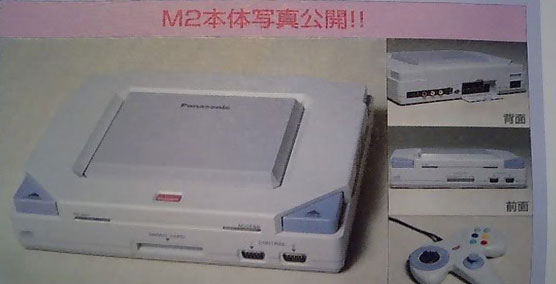 It was a slightly different version of the cutting-edge 3DO console, with a great 64-bit processor and a “graphics engine that could push one million polygons per second.” It truly was made up of exquisite and new tech. The company, however, shut down production due to uncertainty in the gaming business.
Apple PippinCute name (not very gamer-y, though) and big aspirations. The Guardian reports that is was meant to be a very multifunctional device, with which you could surf the Internet and play games. 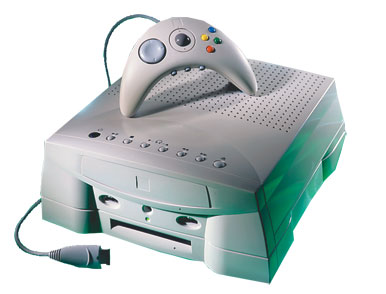 Production started in 1995, but the dream ended very soon; coming up with a finished version cost too much, the machine itself was not powerful enough and the marketing was appallingly weak.
Nintendo Virtual BoyThe concept behind this puppy is very cool indeed. Putting a device on your head and stepping into a virtual world is what we would love to do when we’re playing with gambling software. The only problem with this machine was that it featured LED black and red flashes and images that managed to cause very bad headaches for those using it. 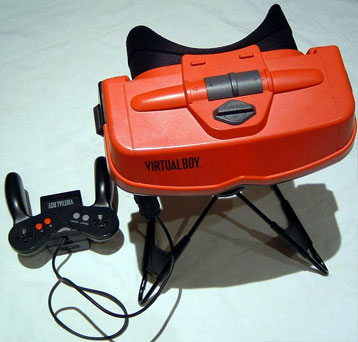
Plus, it was quite expensive for something that causes a bad migraine…Due to these complications, the console disappeared the same year it was launched.
Sega MegajetEach time I think of Sega, I remember the way the name was sung at the start up of Sonic The Hedgehog: “Seeegaaa.” Unlike the awesome Sonic game, this device’s purpose wasn’t well thought-out. They designed it to be portable, but in fact, it wasn’t really; according to The Guardian, another screen and a power source was needed for it to work. For a while, it was sold to airlines in Japan, then for the wider public.Afterwards, they used the technology inside to create the Sega Nomad, a device that was really handheld (this time.) 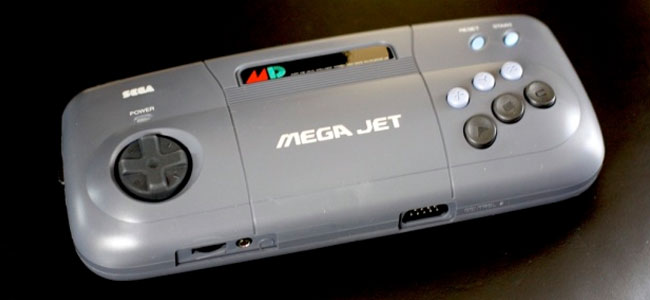
RDI HalyconThe oldest in the list, mass production was expected to start in 1985. The RDI Halycon was an “entertainment computer,” as The Guardian reports – it was “like a cross between a PlayStation and Hal from 2001: A Space Odyssey, capable of talking to owners and receiving voice commands.” Sounds good enough for me… 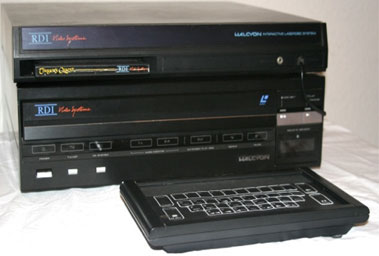 Also, this is the company which brought the well-known Dragon’s Lair to the arcade game scene. The only problem was that their marketing strategy failed to convince people why it would be worth buying a console, when you could buy a car with less money.
VM Labs NuonAccording to The Guardian, it was named “Project X.” It had a brand new, great audio and video decoder with a 128-bit chip. The company wanted the Nuon to be a multifunctional-multimedia player, with DVD functions that could be turned into a gaming console. Sort of like our iPhones: they’re good for iPhone gaming, and you can also watch movies or listen to music. The problem with the plan for making Nuon popular was timing; by the time the company had enough money to throw the console on the markets (1999), the PlayStation 2 was out – and gaining recognition fast. 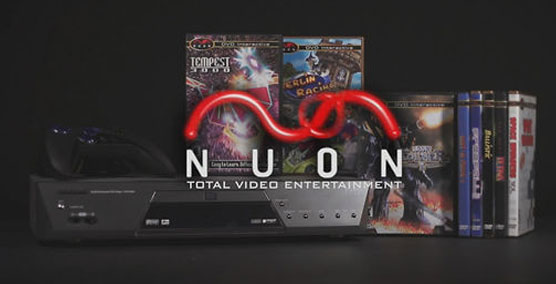 |










